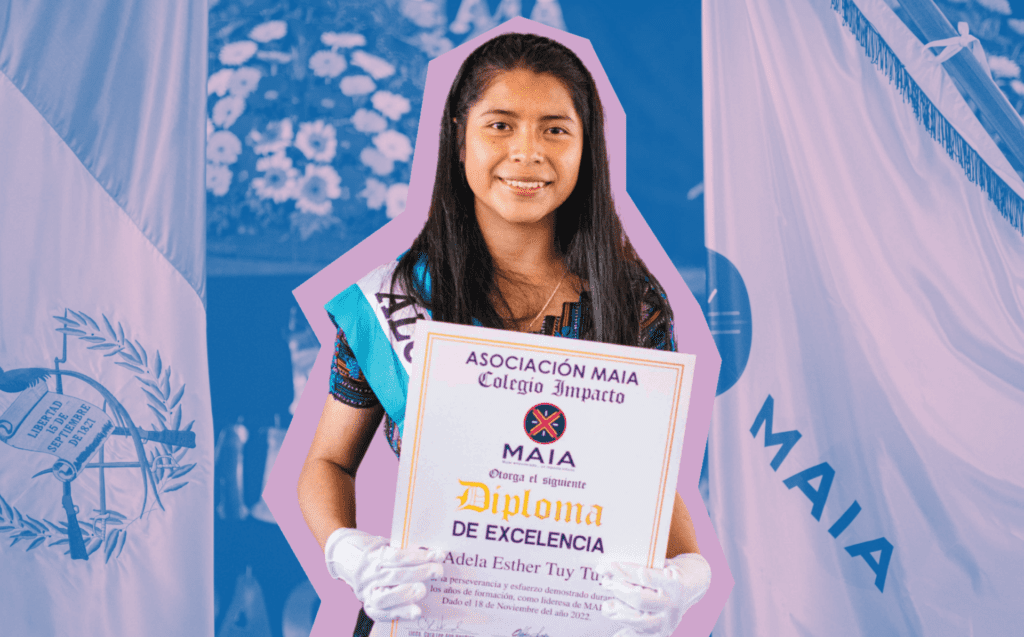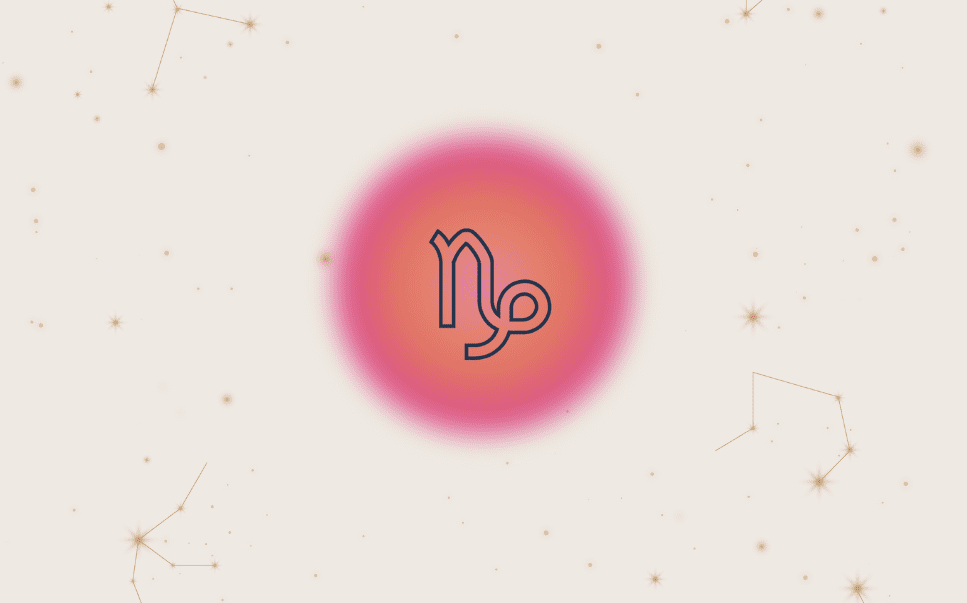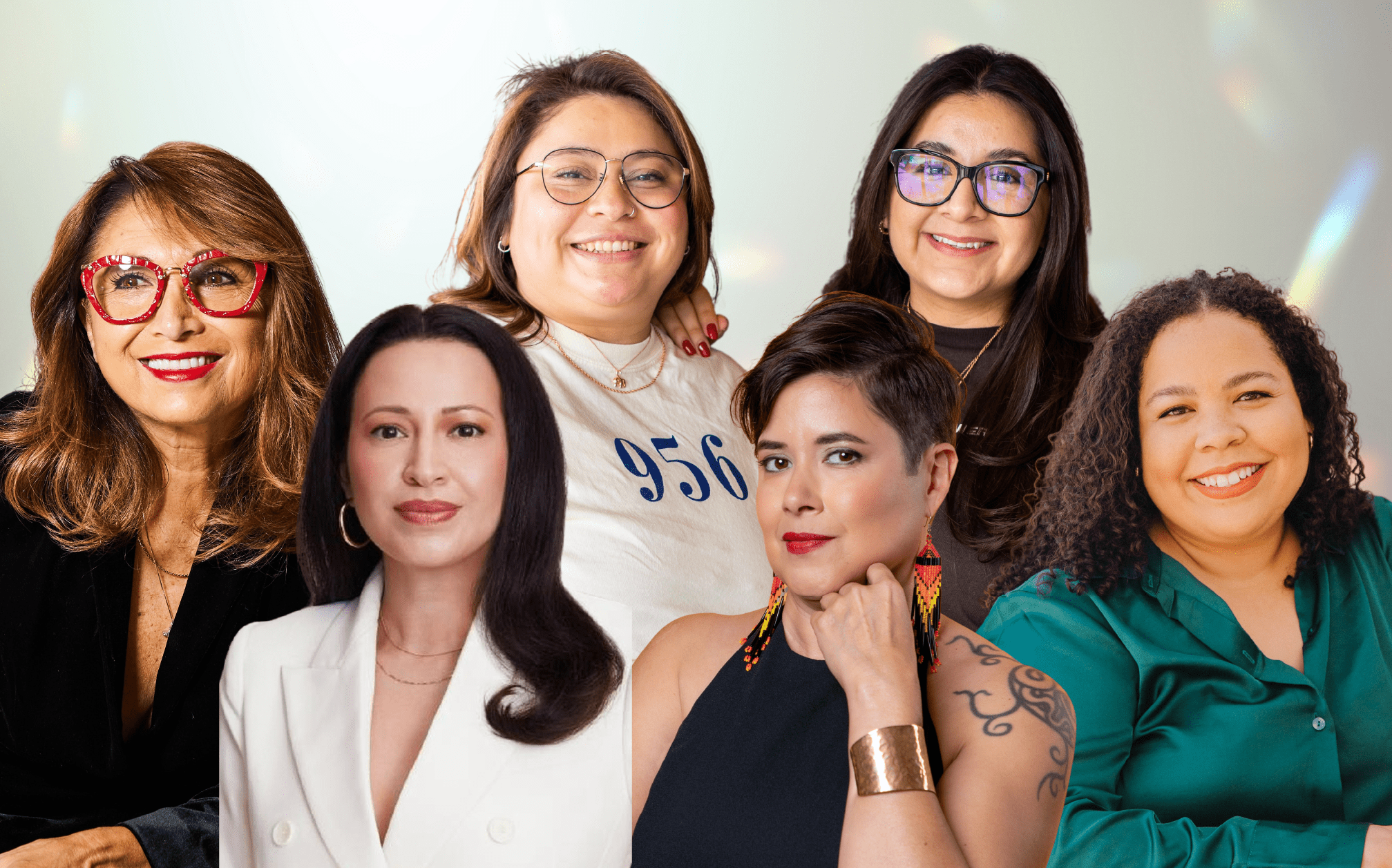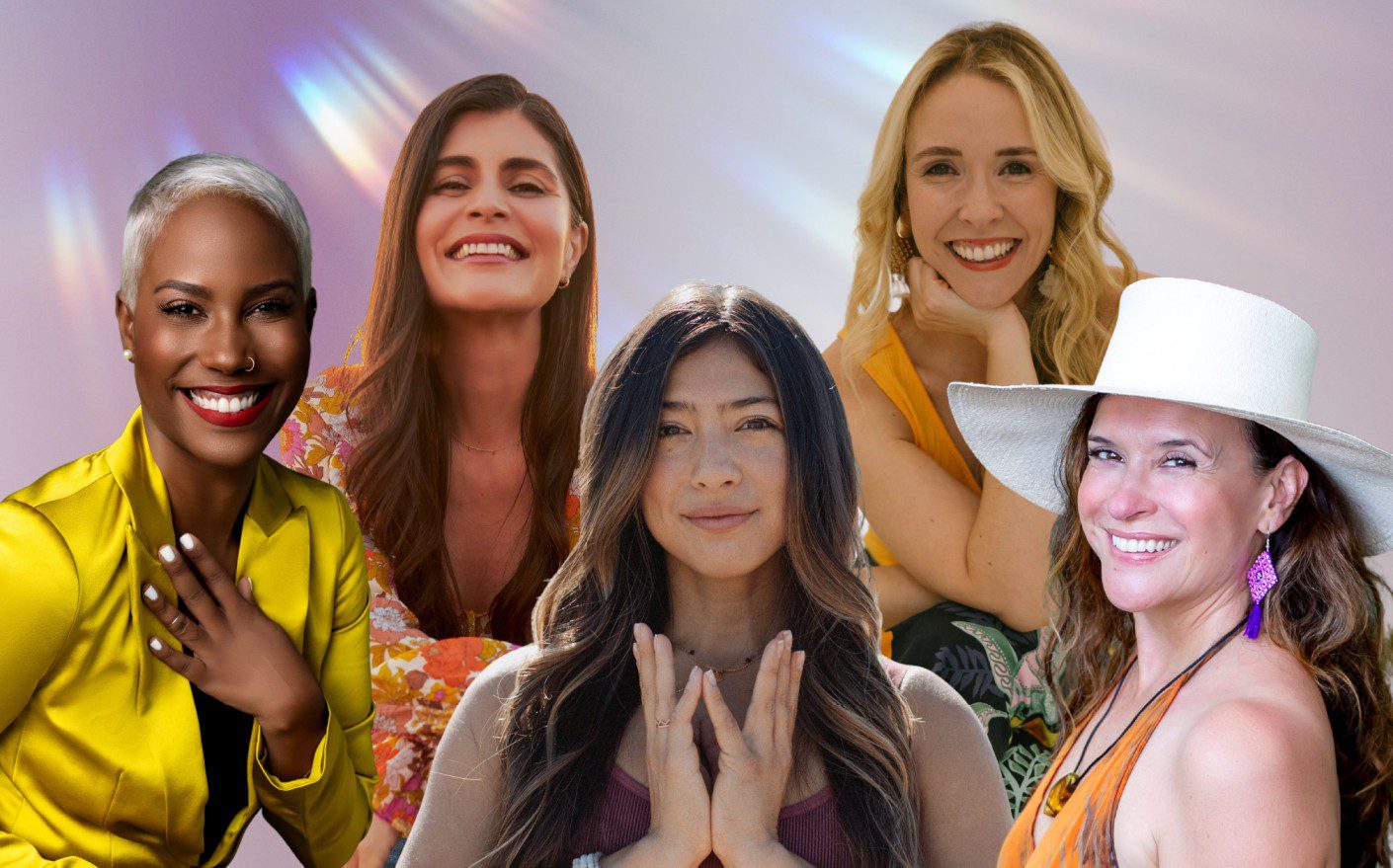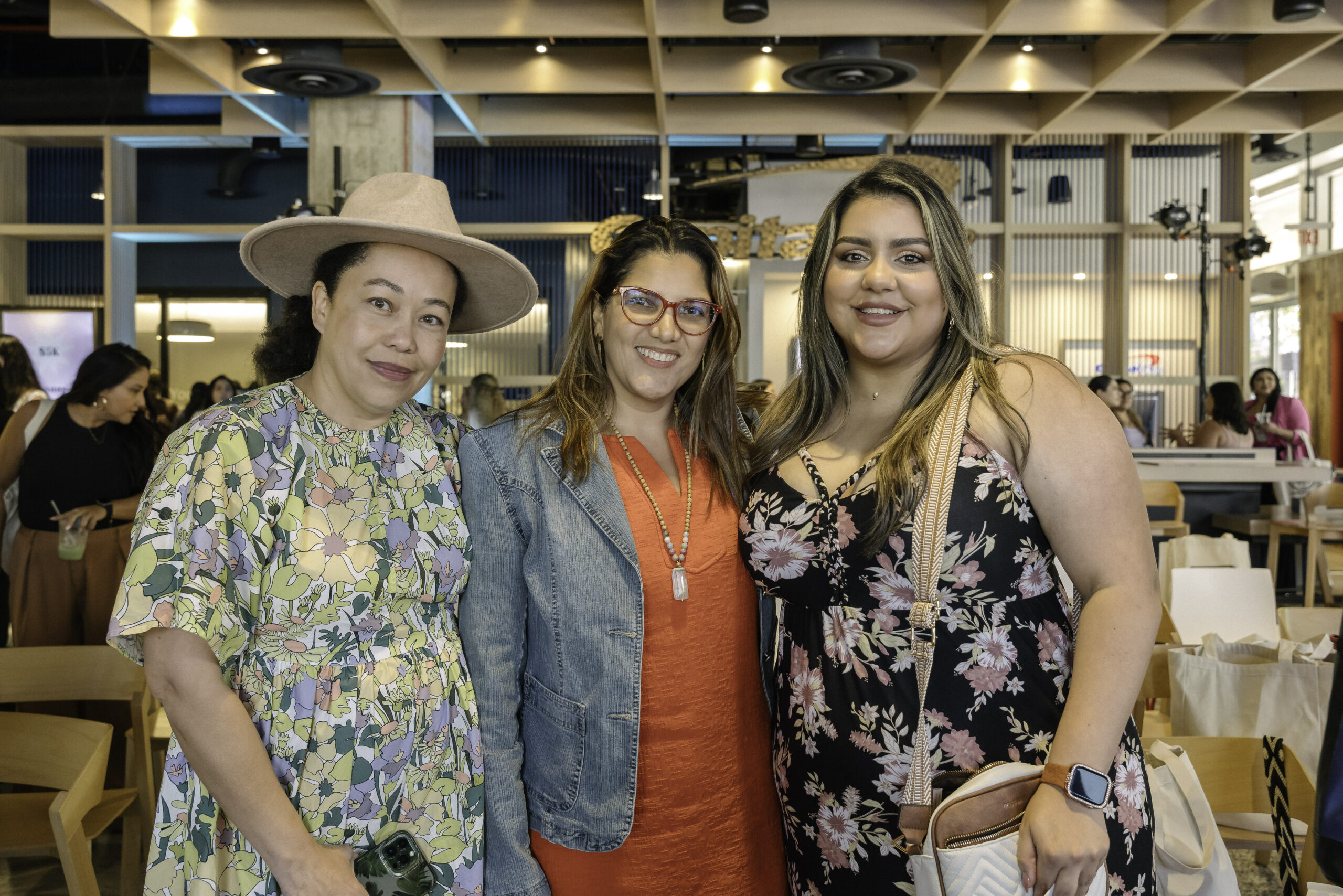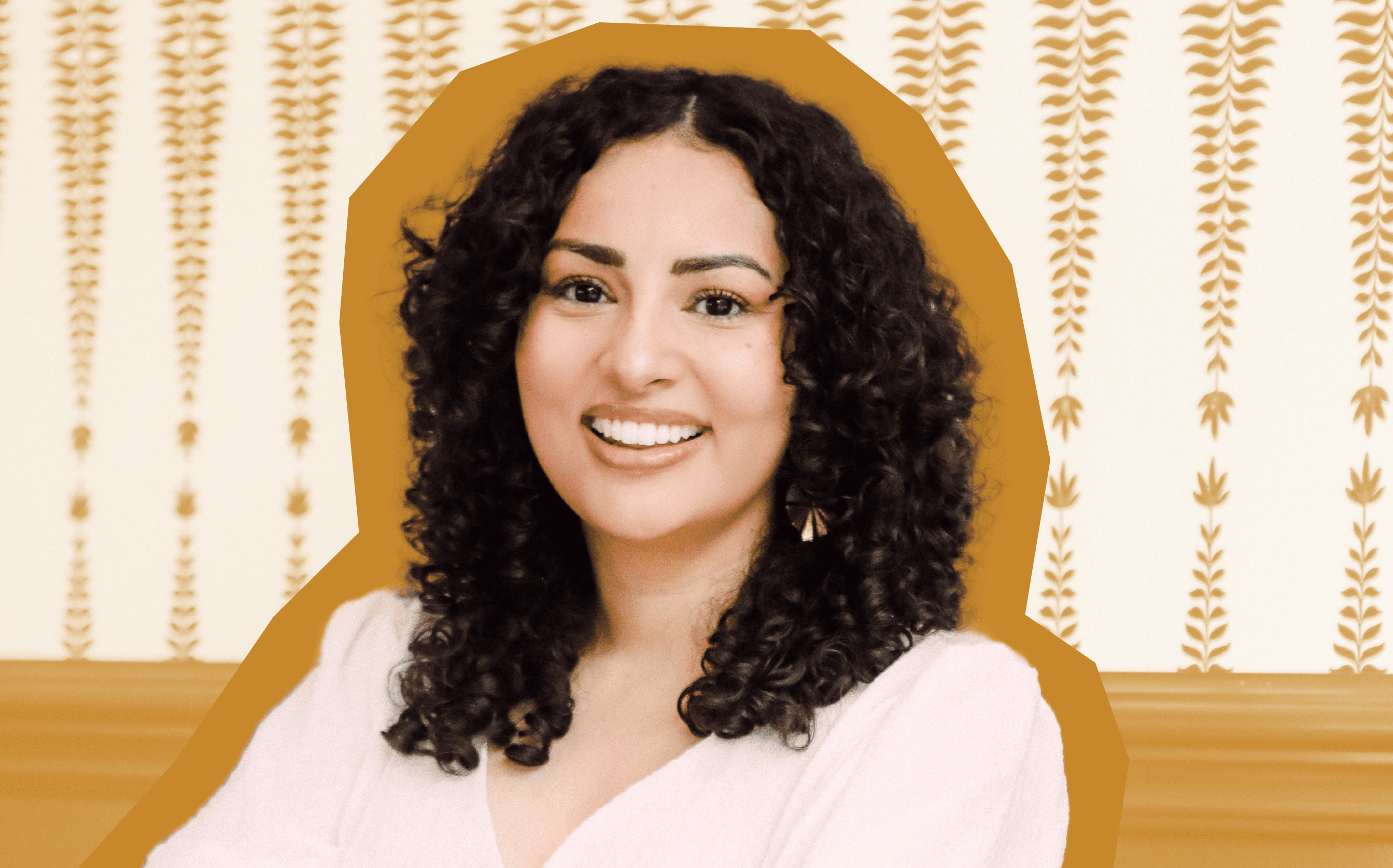Like many Indigenous girls in Guatemala, Adela Tuy has big dreams but faces societal and systemic barriers to reaching them. Tuy shares her courageous story of choosing to break cycles of poverty and patriarchy to pave a new path as the first in her family to graduate from high school, thanks to the support of the MAIA Impact school – the only educational organization of its kind spearheaded by two Indigenous women. Learn more about this inspiring Girl Pioneer creating a ripple of change in her community, and for girls worldwide.
Lee este articulo en español aquí.
Listen to her article below in Kaqchikel:
The moment I looked into Dad’s eyes and said, “Dad, this is my decision,” my life changed completely. It was the day I decided between “repeating the same story” or “writing my own story.” And I decided to create my own.
My father could have been a great architect; my mother could have been a great math teacher. These are dreams that were left behind when they started working, earning money and becoming adults at the mere age of 10. It was a pattern repeated with each generation, even more so during the internal armed conflict in Guatemala from 1960-1996. A boy attends school for three years or less, but a girl barely has the opportunity to complete a single year – if at all. That was the reality in my community, it is the reality of Guatemala. And it is the reality that I was going to face years later. None of my older brothers made it beyond primary school due to a lack of opportunities, and I felt like I had to break that cycle. I didn’t know how, I didn’t know where or when.
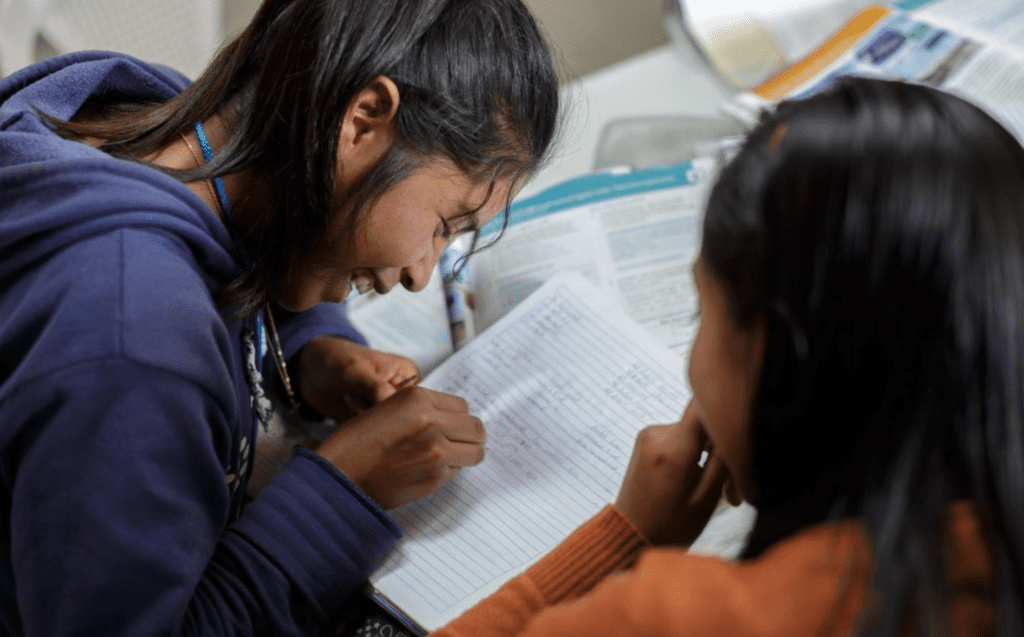
Thanks to my father, who gave me my first pencil and notebook before starting primary school, the doors to education opened for me and I felt like a privileged girl. I worked hard to get the best grades in primary school. I was a curious and shy girl, very shy. I remember that I had only one dream: to continue learning. When I turned 12, I asked myself: as Indigenous women, where does education lead us? How did Francisca Tuiz become the only teacher in my community without losing a connection to her roots? What did Rigoberta Menchú do to weave her roots with her leadership and help Indigenous people? There was no answer, or at least I hadn’t found one yet.
I knew that continuing to study would not be easy, much less for a girl who had limitations such as poverty, patriarchal systems, early marriage and violence, just to name a few. Education also requires money, family support and most importantly, courage. My mom and dad’s eyes reflected that there was no possibility of continuing school after primary school. And so I believed it. In the last year of primary school, I drew plans on a sheet of paper. Plan A: continue studying, and if it doesn’t work out, I had a plan B: leave home to learn how to fight in the street to earn money.
Two months after drawing up my plan, MAIA Impact arrived in my community’s small school, and it seemed like the perfect opportunity to execute plan A. A big “no” was dad’s last word when I presented my proposal to him. But I knew that if I wanted to go in the direction I envisioned, the first step was to work in secret, so I kept quiet and began to act. I filled out my application for weeks secretly from my dad, and I went around the community filling out my file. The day came to present it, but it had everything except my parents’ signatures.
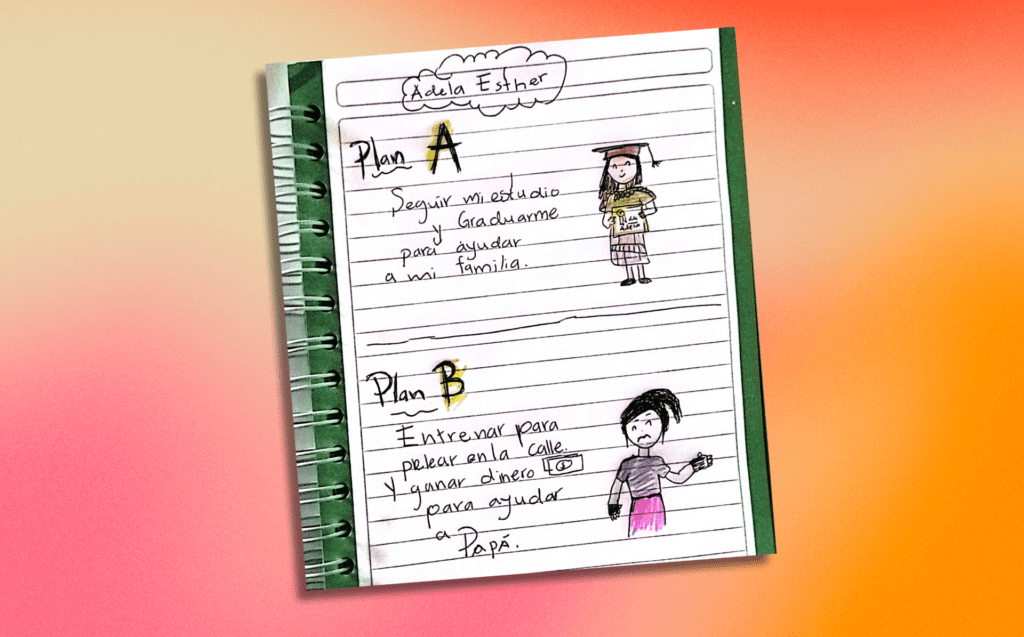
Since I needed my dad’s signature to be considered, I approached my dad. My voice stuttered as I asked for his signature. I not only asked for his signature, I also asked for his understanding and heart. My dad’s anger was unleashed, and for the first time, I chose to not remain silent and cried out: “dad, this is my decision.” And that daring act of bravery was the beginning of a family transformation. During the process, dad began to believe in me and believe in education.
Shortly after, I was selected to study at one of the best schools in the world, MAIA Impact School. Before starting classes, a commitment ceremony was held that involved painting a padlock and placing it in a community space together: dad, mom and me. Watching my parents place our lock at the class opening ceremony before our trip to MAIA, I knew the three of us would be unstoppable until my graduation. They called me a Girl Pioneer, but I didn’t understand why. At MAIA, not only did I have comfort, quality education, materials, but they also taught me the value of being an Indigenous woman. They taught me the importance of educating ourselves while being aware of our challenges, difficulties but also the dedication in seeking opportunities.
“I knew that continuing to study would not be easy, much less for a girl who had limitations such as poverty, patriarchal systems, early marriage and violence, just to name a few. Education also requires money, family support and most importantly, courage.”
Before graduation, mom knitted a beautiful blue güipil for me. The day came when I saw my name in black ink, on thick paper that read that a young Indigenous woman from a rural community had finished high school to go out into the real world. I knew then why they named me a Girl Pioneer, because I was the first in my family to have access to this level of education. I was awarded as one of the best students of my generation. Now, dad asks me a question every day, “where do you want to go now?”
Today, I work for MAIA. I enjoy what I do, in the place where I grew up and discovered myself. I like to write and draw, and I dream of being a writer and being able to share stories of impact, which is why I want to study communications at university next year. I wake up every morning thinking about every girl in my community, from MAIA, and from other parts of the world who have dreams. They have a voice that has not yet been heard. I sometimes reflect on the fact that if I had not found an opportunity at MAIA, I would probably be fighting somewhere on some street in very precarious conditions.
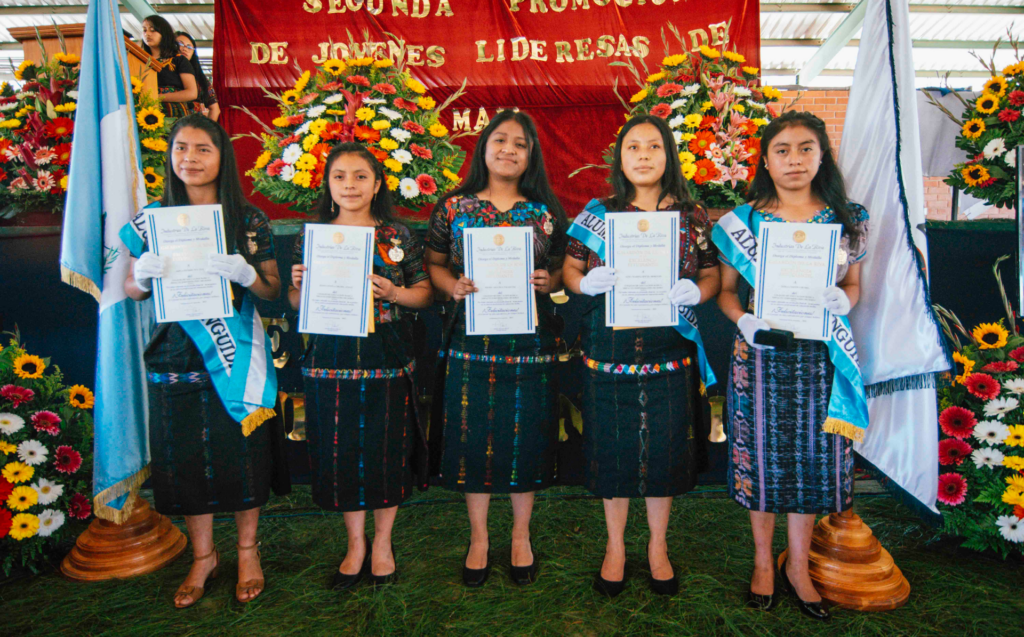
I have learned that education takes you far, and I know that Francisca Tuiz and Rigoberta Menchú did not forget where they come from, where they were born, their native language and their traditions. Beyond education, their cultural roots are their true power, because it gives them courage and bravery to leave their mark on their Indigenous communities.
Today, I not only dream for myself, I dream for the future of other generations. I hope that by 2030, all girls in Sololá, Guatemala and in the world can have access to education as it is a weapon to break through barriers and stereotypes.
Confronting dad was the most beautiful act of bravery I have done thus far. I am a woman, I embrace my Indigenous roots, I am a dreamer and this is my story. What’s your name? Where are you coming from? And where are you going?
We invite you to invest in MAIA Girl Pioneers and to create together a better world for all!
Traducido de Español: Mi Nombre es Adela y Esta Es Mi Voz
Como muchas niñas Indígenas en Guatemala, Adela Tuy tiene grandes metas y sueños, pero barreras sistémicas y de la sociedad intentan a detenerla de alcanzar sus logros. Tuy comparte con nosotres su historia de valentía y coraje a decidir quebrar los ciclos de pobreza y patriarcado para crear un nuevo camino, siendo la primera en su familia que se gradúa de la secundaria gracias al Colegio Impacto de MAIA – la única organización de su tipo que tiene dos mujeres Indígenas como las líderes de la escuela. Aprende más sobre esta Joven Pionera que está creando una ola de cambio en su comunidad, a para niñas alrededor del mundo.
En el momento en el que miré a los ojos a papá y le dije: “papá, ésta es mi decisión,” mi vida cambió por completo. Fue el día en que tenía que decidir entre “repetir la misma historia” o “escribir mi propia historia”. Y decidí crear el mío.
Mi padre pudo haber sido un gran arquitecto. Mi mamá pudo haber sido una gran maestra de matemáticas. Son sueños que quedaron atrás cuando empezaron a trabajar, a ganar dinero y a ser adultos a la edad de 10 años. Y eso se repitió en cada generación, más aún durante el conflicto armado interno de Guatemala que sucedió en 1960-1996. Un niño solo va a la escuela 3 años o menos, pero una niña apenas tiene la oportunidad de completar un solo año o ninguno. Esa era la realidad en mi comunidad; es la realidad de Guatemala. Y esa es la realidad que me iba a enfrentar años después. Ninguno de mis hermanos mayores fue más lejos después de la primaria por falta de oportunidades, y sentía que debía romper ese ciclo. No sabía cómo, no sabía dónde ni cuándo.
Gracias a mi padre, que me dio mi primer lápiz y cuaderno antes de empezar la primaria, las puertas a la educación se abrieron para mí y me sentí una niña privilegiada. Trabajé duro para sacar las mejores notas en la primaria, y fui una niña curiosa y tímida – muy tímida. Recuerdo que tenía un solo sueño: seguir aprendiendo. Cuando cumplí 12, me cuestioné sobre ¿Dónde nos lleva la educación a nosotras como mujeres indígenas?, ¿Cómo llegó Francisca Tuiz a ser la única maestra profesional en mi comunidad sin perder sus raíces?, ¿Qué hizo Rigoberta Menchú para tejer sus raíces con su liderazgo para ayudar a los pueblos indígenas? No había una respuesta, o aún no había encontrado una respuesta.
Sabía que seguir estudiando no era del todo fácil, ni mucho menos para una niña quién tenía limitaciones como; la pobreza, pensamiento patriarcal, matrimonio a temprana edad y violencias, solo eran algunas de las cosas a las que estaba expuesta. También la educación demandaba costos, soporte familiar y lo más importante; coraje. Los ojos de papá y mamá reflejaban que no había posibilidades de seguir la escuela después de la primaria. Y así lo creí. Así que el último año de la primaria en una hoja de papel dibujé planes. Plan A: seguir estudiando y si no resulta, tenía un plan B: iba a aprender a pelear en la calle e irme de casa para ganar dinero.
Dos meses después de haber dibujado mi plan, MAIA llegó a mi comunidad, en mi pequeña escuela, y me pareció la oportunidad perfecta para ejecutar el plan A. Un “no” grande fue la última palabra de papá cuando le presenté mi propuesta. Pero sabía que si quería ir a la dirección que deseaba, el primer paso era trabajar en silencio y a escondidas, así que callé y comencé a actuar. Llené mi solicitud por semanas a escondidas de mi papá, y recorrí la comunidad llenando mi expediente. Llegó el día de exponerlo, y tenía todo menos las firmas de papá.
Como necesitaba la firma de mi papá para ser considerada, una tarde, llegué con papá, mi voz estaba tartamudeando y le pedí su firma. Pero no solo pedía su firma, también su comprensión y corazón. La ira de papá se desató, y por primera vez no callé y grité llorando: “papá, ésta es mi decisión”. Y ese acto de atrevimiento/valentía fue el inicio de una transformación familiar. Durante el proceso, papá me empezó a apostar y creer en la educación.
Poco después fui seleccionada para estudiar en uno de los mejores colegios del mundo, el Colegio Impacto de MAIA. Antes de iniciar las clases, se hacía una ceremonia de compromiso, se trataba de pintar un candado y colocarlo en un espacio juntos: papá, mamá y yo. Al ver a mis padres colocar nuestro candado en la ceremonia de inauguración de clases antes de nuestro viaje a MAIA, supe que los tres seríamos imparables hasta mi graduación. Me llamaron Joven Pionera, pero no entendí por qué. En MAIA no sólo tuve comodidades, calidad de educación, materiales, sino también me enseñaron el valor de ser mujer indígena, la importancia de educarnos siendo conscientes de nuestros retos, dificultades, pero también la firmeza en buscar oportunidades.
Antes de la graduación, mamá tejió un hermoso güipil azul para mí. Al ver mi nombre en tinta negra, en papel grueso, qué decía que una joven indígena, de una comunidad rural, había terminado la secundaria para salir al mundo real, supe por qué me nombraron Joven Pionera. Era porque fui la primera de mi familia en tener acceso a la educación media. Salí galardonada como una de las mejores estudiantes de mi generación y ahora papá me hace una pregunta cada día: ¿A dónde quieres ir ahora?
Ahora trabajo para MAIA, disfruto lo que hago, en el lugar donde crecí y me descubrí. Me gusta escribir y dibujar, y sueño ser escritora y poder compartir historias de impacto. Es por ello que quiero estudiar comunicación en la universidad el próximo año. Me levanto cada mañana pensando en cada niña de mi comunidad, de MAIA, de otras partes del mundo que tiene sueños, tienen una voz que aún no se ha escuchado. Pensando que si no hubiera encontrado una oportunidad en MAIA, probablemente estaría peleando en algún lugar, en alguna calle, en muy precarias condiciones.
Ahora sé que la educación te lleva lejos, y sé que Francisca Tuiz y Rigoberta Menchú no se olvidaron dónde vienen, dónde nacieron, su idioma natal y su traje. Además de la educación, su poder más importante fueron sus raíces, dándoles coraje y valentía para dejar su huella.
Ahora no solo sueño para mí, sino también en el futuro de otras generaciones y espero que en 2030, todas las niñas de Sololá, Guatemala y en todo el mundo puedan tener acceso a la educación a través de oportunidades. La educación es una herramienta poderosa para romper barreras y estereotipos.
Enfrentar a mi papá fue el acto de valentía más bonito que he hecho antes. Yo soy mujer, abrazo mis raíces indígenas, soy soñadora y esta es mi historia. ¿Cuál es tu nombre? ¿A dónde vienes? Y ¿A dónde vas?
